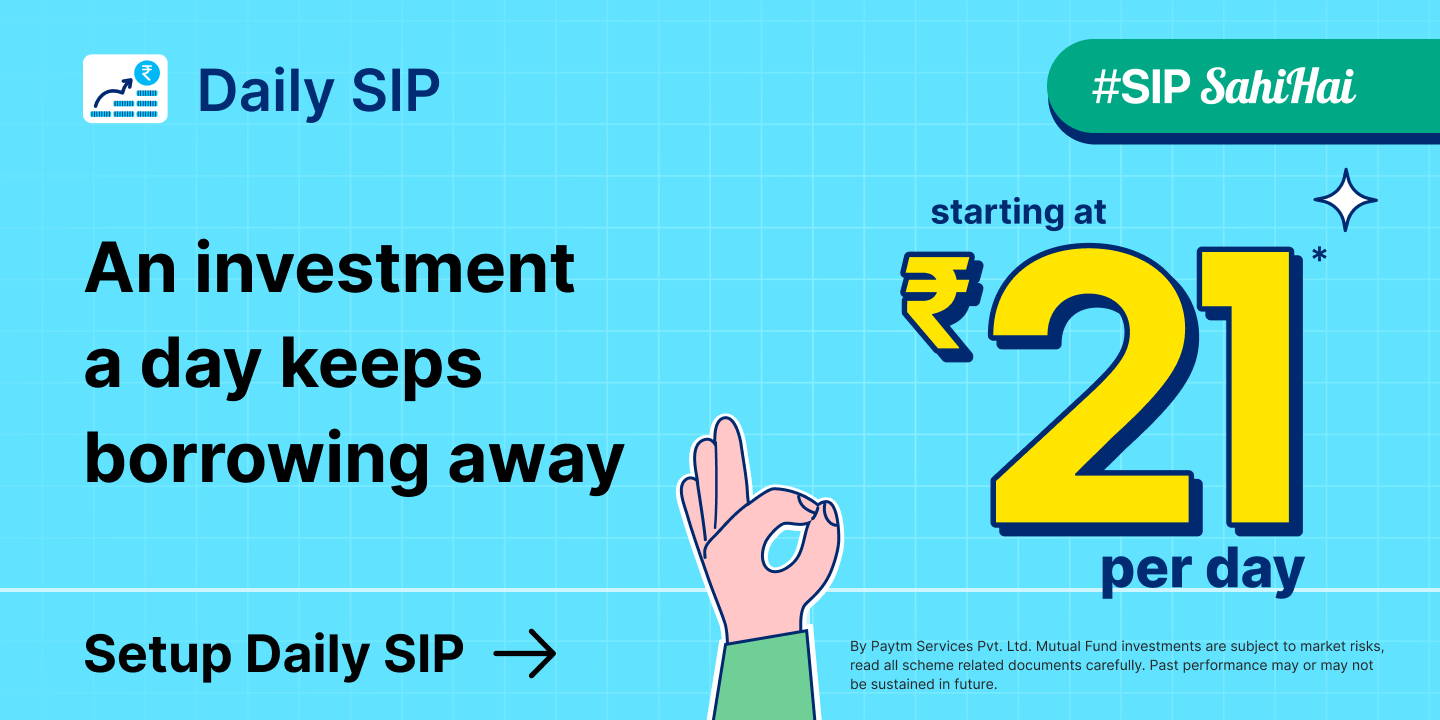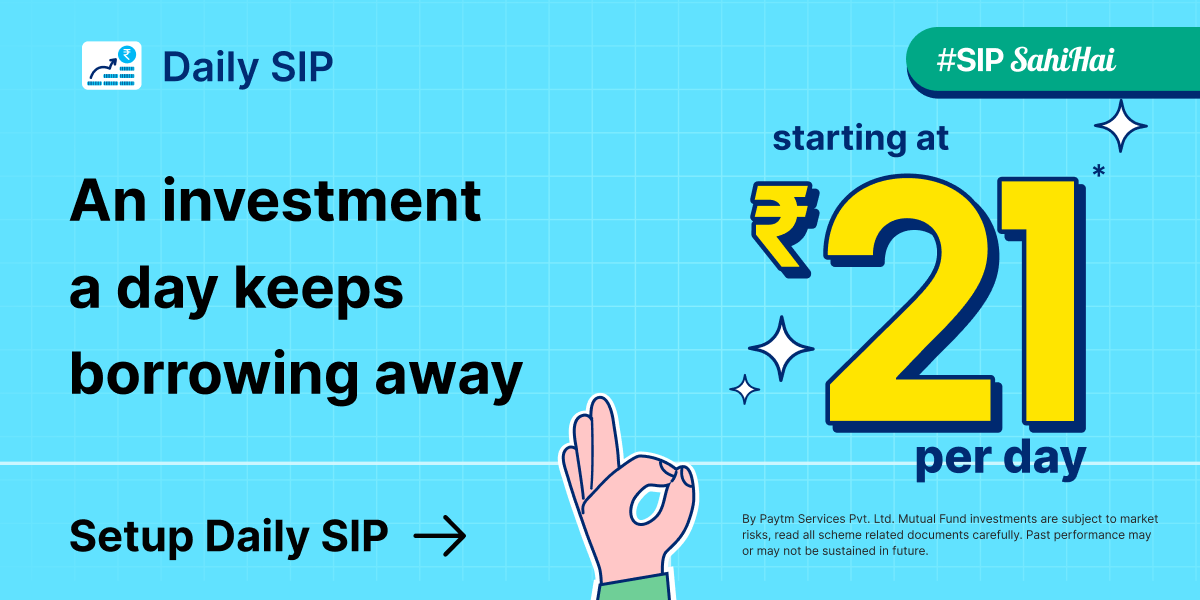Mutual funds are a popular choice for individuals who want to grow their wealth. But have you heard of a lesser-known investment opportunity called New Fund Offer (NFO)? Many investors are unaware of NFOs and the unique benefits they offer.
Table of Contents Show
NFOs are essentially the initial offering of a mutual fund scheme to the public. They provide investors with a chance to invest in a brand new scheme that has recently been launched by an Asset Management Company (AMC). Unlike existing mutual funds that have a track record, NFOs allow you to invest right from the beginning. This exclusivity attracts investors who are seeking fresh and potentially profitable opportunities in the market.
In this blog, we will provide a comprehensive understanding of NFOs and cover everything you need to know about this exciting investment avenue. So, let’s dive in and explore the world of NFOs together!
What is New Fund Offer (NFO)?
New Fund Offer refers to the launch of a mutual fund scheme for the first time in the market. During an NFO, investors can buy units of the fund at its initial stage. NFO mutual funds help Asset Management Companies (AMCs) raise capital from the market and invest in securities like stocks, bonds, or other financial instruments.
Professional fund managers manage these NFO mutual funds and make investment decisions on behalf of the investors. NFOs provide detailed information about the fund, including its name, investment objective, type, launch date, closure date, minimum investment amount, and any applicable charges.
Note: When it comes to New Fund Offers (NFOs), experienced fund managers take charge of making investment decisions on your behalf. These professionals utilize their expertise to potentially achieve better investment outcomes.
Who Launches NFO?
NFOs (New Fund Offers) are launched by Asset Management Companies (AMCs). These companies create and manage mutual funds, and they introduce NFOs as new investment opportunities for investors. The AMCs design the NFOs, determine the investment objectives and strategies of the fund, and offer them to the market.
Types of New Fund Offers
NFOs, also known as New Fund Offers, can be divided into three main categories based on their characteristics. Let’s take a closer look at each type:
- Open-Ended NFOs: These schemes allow investors to invest and withdraw their money at any time. You have the flexibility to join or leave the plan whenever you want, based on the current value of the investment. Just keep in mind that there may be a charge if you decide to withdraw after the initial NFO period.
- Closed-Ended NFOs: Closed-Ended NFOs have a fixed duration before they mature. These schemes are listed on stock exchanges, giving you the option to sell your units if you wish to exit before the maturity date.
- Interval Funds: Interval Funds combine features of both open-end and closed-end funds. They offer specific intervals, such as every quarter or every six months, during which you can buy or sell shares. Outside of these intervals, the fund limits the possibility of withdrawing, which helps manage the fund’s liquidity.
How Does NFO Work?
- Launch: An AMC introduces a new mutual fund scheme called an NFO.
- Subscription Period: During this period, investors can buy units of the NFO at a specific starting price, usually range between ₹500-₹5000.
- Allotment: After the subscription period ends, the AMC assigns units to investors based on their investment amount. The number of units allocated is determined by the Net Asset Value (NAV), which is the value of the fund’s assets divided by the number of units.
- Fund Commencement: Once the units are allotted, the NFO officially starts, and investors can trade these units on stock exchanges.
- Fund Management: The money collected during the NFO is managed by professional fund managers who make investment decisions based on the fund’s objectives and strategy.
- Ongoing Investment: After the NFO period, the scheme operates like any other mutual fund. Investors can continue to invest by buying units at the current NAV and can sell their units as per the scheme’s terms.
Note: Before investing in an NFO, investors need to do their research, understand the fund’s objectives, and consider their own investment goals and risk tolerance. Seeking advice from a financial advisor can also provide valuable guidance in making informed investment decisions.
Benefits of New Fund Offer (NFO)
Here are some benefits of investing in a New Fund Offer (NFO) for investors:
- Early Access: By investing in an NFO, you get the opportunity to invest in a mutual fund scheme from the beginning, potentially benefiting from its future growth and performance.
- Lower Costs: NFOs usually have lower fees compared to existing funds, allowing you to enjoy professional fund management at a relatively lower cost.
- Diversification: NFOs help diversify your portfolio and gain exposure to different types of investments.
- Fresh Portfolio: NFOs start with a fresh portfolio of securities, which means the fund manager can select potentially promising investments that align with the fund’s goals.
- Potential for Higher Returns: Some NFOs may have the potential for higher returns, especially if they focus on promising sectors or emerging trends.
- Long-term Investment: Investing in an NFO allows you to take a long-term approach, potentially benefiting from the compounding effect over time.
- Professional Fund Management: NFOs have experienced fund managers who make investment decisions for you. They use their expertise to potentially achieve better investment outcomes.
Also Read: 6 Tips to Build Your Financial Portfolio
Limitations of NFO Mutual Funds
While investing in a New Fund Offer (NFO) has its benefits, it’s important to consider the limitations as well. Here are some common limitations of investing in an NFO:
- Lack of track record: NFOs are newly launched funds, so they often do not have a track record of performance.
- Uncertain investment strategy: Since New Fund Offers are new, investors may have limited information about the fund’s investment strategy and approach. This can make it difficult to evaluate the fund’s potential risks and rewards.
- Lock-in period: Some NFOs may have a lock-in period, during which investors cannot redeem or sell their units. This restricts liquidity and may limit the flexibility to manage investments according to changing market conditions or personal circumstances.
- Potential for underperformance: While NFOs have the potential for higher returns, there is also a possibility of underperformance. The success of an NFO depends on various factors, including market conditions, fund management, and the fund’s investment strategy.
- Lack of comparison: Since New Fund Offers are new, there may be limited or no comparable funds available for benchmarking.
Benefits and Limitations of NFO Mutual Funds
| Benefits of NFO Mutual Funds | Limitations of NFO Mutual Funds |
|---|---|
| Early Access to New Investment Opportunities | Lack of Performance History for Assessment |
| Lower Costs compared to Established Funds | Limited Information for Risk Evaluation |
| Diversification through a Variety of Assets | Some Funds have Lock-in Periods |
| Fresh Portfolio with Potential for Growth | Potential for Underperformance |
| Potential for Higher Returns in the Long Run | Lack of Comparison with Established Funds |
| Professional Fund Management by Experts |
How to Invest in NFO?
Investing in NFOs is similar to investing in other mutual funds. You have two options to invest in New Fund Offers: through a broker or online on the asset management company’s website. Here are the simple steps to invest in NFOs:
- Research: Look for different NFOs in the market. Understand their objectives, investment strategy, and risks.
- Open an Account: If you don’t have one already, open a demat account with a mutual fund distributor, broker, or the AMC directly.
- KYC Compliance: Complete the online KYC process by submitting identity and address proof. Online platforms make this process convenient.
- Fill the Application Form: Fill out the online application form for the chosen NFO. Provide investment amount, payment method, and other necessary information.
- Make the Payment: Choose your preferred payment method, such as online banking or debit card, and follow the platform’s instructions to complete the payment securely.
- Confirmation and Allotment: Once your payment is processed, you’ll receive an investment confirmation. The AMC will allot units to investors at the end of the NFO period based on the subscription amount.
- Track and Manage: Monitor your NFO investment’s performance through the online platform. Access your investment details, track the NAV, and manage your portfolio easily.
Difference Between NFO and IPO
NFO (New Fund Offer) and IPO (Initial Public Offering) are two different terms associated with investments. Here are the key differences between NFO and IPO:
| Aspect | NFO (New Fund Offer) | IPO (Initial Public Offering) |
|---|---|---|
| Definition | Launch of a new mutual fund scheme by an asset management company | Process by which a private company offers its shares to the public for the first time |
| Investment Type | Investment in mutual funds | Investment in shares of a company |
| Investment Purpose | Introduce new mutual fund schemes with specific investment objectives | Raise capital for various purposes by the company |
| Investor Base | Open to retail investors, HNIs, and institutional investors | Open to the general public, institutional investors, and employees |
| Market Timing | Can be launched at any time based on market conditions and fund manager’s strategy | Launched when the company believes market conditions are favorable for raising capital |
| Investment Risk | Depends on the investment objective and underlying securities held by the mutual fund scheme | Carries risks such as market volatility, company’s financial performance, and industry competition |
- Definition:
- NFO: New Fund Offer refers to the launch of a new mutual fund scheme by an asset management company (AMC). It is an opportunity for investors to invest in a new fund at its initial offering stage.
- IPO: IPO refers to the process by which a private company offers its shares to the public for the first time, allowing investors to become shareholders in the company.
- Investment Type:
- NFO: NFO mutual funds are related to investments in mutual funds, which pool money from multiple investors to invest in various securities such as stocks, bonds, or a combination of both.
- IPO: IPOs involve investing in shares of a company, enabling investors to become part-owners and share in the company’s profits and losses.
- Investment Purpose:
- NFO: NFOs are launched to introduce new mutual fund schemes with specific investment objectives, such as equity funds, debt funds, hybrid funds, or sector-specific funds.
- IPO: IPOs are conducted by private companies to raise capital for various purposes, including expansion, debt repayment, acquisitions, or funding research and development.
- Investor Base:
- NFO: NFOs are open to all types of investors, including retail investors, high net worth individuals (HNIs), and institutional investors.
- IPO: IPOs are open to the general public, allowing individual investors, institutional investors, and even employees of the company to participate.
- Market Timing:
- NFO: NFOs can be launched by AMCs at any time based on market conditions and the fund manager’s investment strategy.
- IPO: IPOs are typically launched when the company believes the market conditions are favorable for raising capital and when there is demand for its shares.
- Investment Risk:
- NFO: The risk associated with NFOs depends on the investment objective and the underlying securities held by the mutual fund scheme. Investors should carefully consider the risk factors mentioned in the NFO offer document.
- IPO: Investing in IPOs carries its own set of risks, including market volatility, the company’s financial performance, industry competition, and other factors that can impact the share price.
Is NFO a Good Investment Option?
Investing in NFOs (New Fund Offers) can be a great opportunity because it allows for early entry, offers unique investment options, potentially lower expense ratios, diversification benefits, and experienced fund managers. However, it’s important to carefully consider the investment objectives and risks before making any decisions.
Important Things to Know About NFO Before Investing
- Detailed Offer Document: The company launching the NFO must provide a document with all the important information about the investment opportunity. This document needs to be approved by SEBI (Securities and Exchange Board of India) before the NFO is made available to investors.
- Minimum Investor Requirement: At least 20 investors need to participate in the NFO, and no single investor can contribute more than 25% of the total fund amount. If these conditions are not met, the NFO will not proceed.
- Minimum Subscription Requirement: For certain types of funds, like debt-oriented and balanced hybrid schemes, there is a minimum amount of money that needs to be raised during the NFO, typically around Rs. 20 crore. For other types of funds, this minimum amount may be around Rs. 10 crore.
- Fund House Investment: The company launching the NFO is required to invest in the fund themselves. The amount they invest depends on the level of risk associated with the fund. If the fund is riskier, they may need to invest more compared to safer options.
- NFO Exit Options: Understand when you can exit the NFO. Open-ended schemes allow you to exit anytime, while closed-ended schemes have a fixed term before you can exit.
- Objectives: Read the NFO prospectus to understand its goals, risks, and how the money will be used. Make sure it matches your investment needs.
- Expected Returns: Compare the potential returns of similar funds in the market. This will help you gauge the expected returns of the NFO and see if they fit your goals.
- Risk Appetite: Look at the types of assets the NFO will invest in. If it focuses on high-risk assets, it may not be suitable for conservative investors.
- AMC’s Reputation: Check the reputation of the company launching the NFO. Look at their past performance to see if they are trustworthy.
- Investment Horizon: Consider how long you want to invest your money. Make sure the NFO aligns with your investment timeframe.
In conclusion, exploring the New Fund Offer (NFO) market in India can be a great way to discover and invest in new mutual fund schemes. NFOs provide an opportunity to invest in funds at their initial stage, potentially offering attractive returns. It is important to understand the nature of the scheme, whether it is open-ended or close-ended, and the associated risks and benefits. Monitoring the performance of the fund and considering one’s investment goals and risk tolerance are crucial aspects of making informed investment decisions in the NFO market.
Disclaimer: Nothing on this blog constitutes investment advice, performance data or any recommendation that any security, portfolio of securities, investment product, transaction or investment strategy is suitable for any specific person. You should not use this blog to make financial decisions. We highly recommend you seek professional advice from someone who is authorised to provide investment advice.










